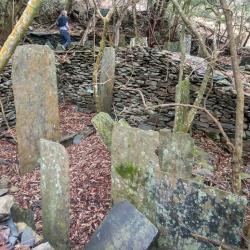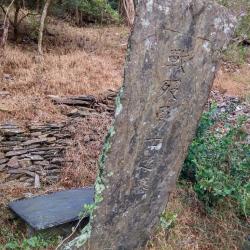The Old Gulou Hamlet is located on a steep slope, on the south-eastern side of Mount Wuwei in Laiyi Township, Pingtung County. It is at an altitude of about 1,150 meters. The traditional Paiwan name for the place is Kuljaljau, though it is also known as Kulun’ao and Jalongya.
During the Japanese occupation, the hamlet was the largest indigenous settlement. There were five close-knit tribes, among which Umaq was the first to be developed, and the others were derived from this. At the end of the Japanese occupation, as Old Gulou Hamlet centered on the Kunanau Police Post at that time, the Government-General in Taiwan encouraged the tribes to move to Taimali Township and Daren Township in Taitung County in order to divide the tribe.
In the early post-war period, the National Government also arranged a collective relocation of the hamlet to the current Gulou Hamlet.

